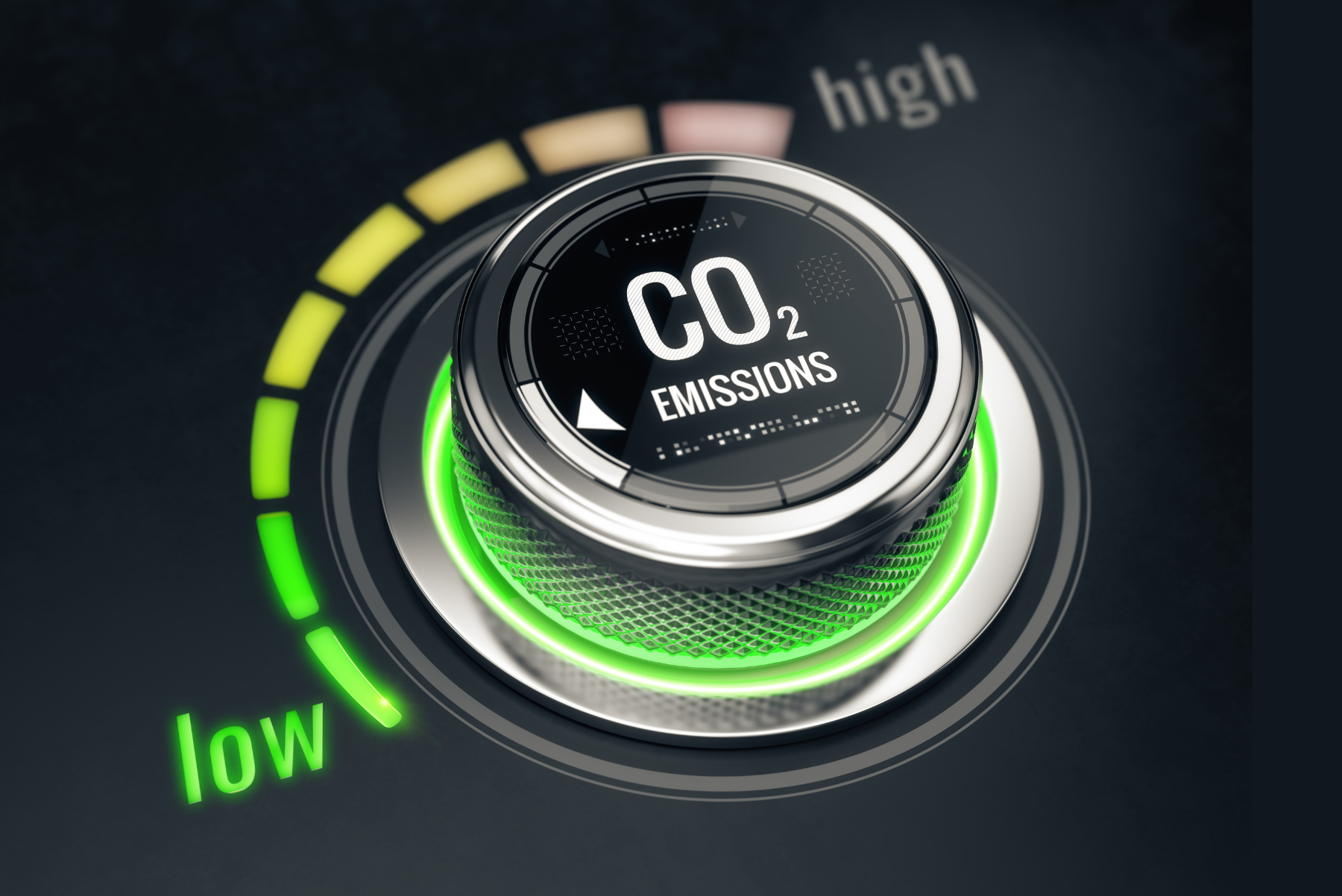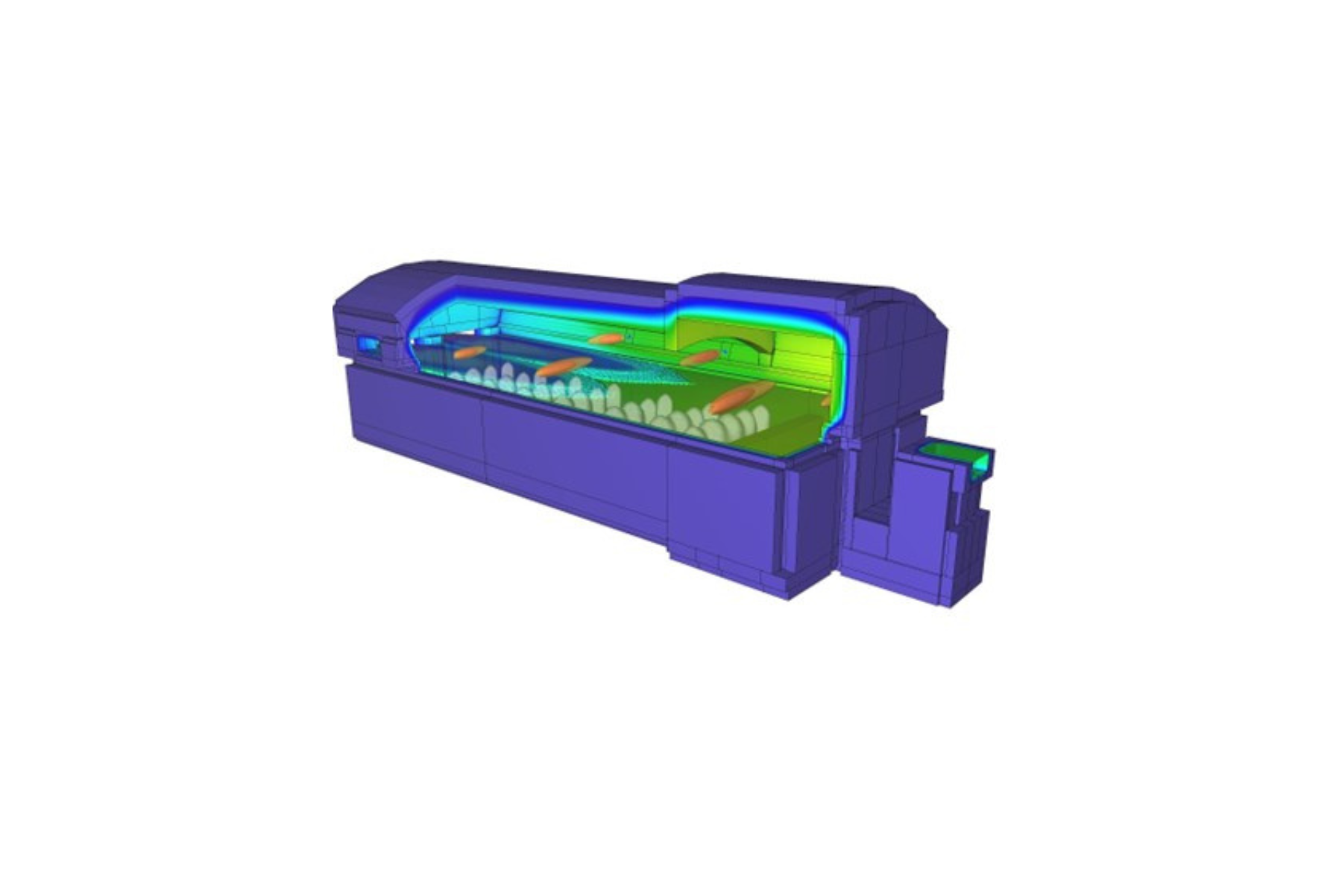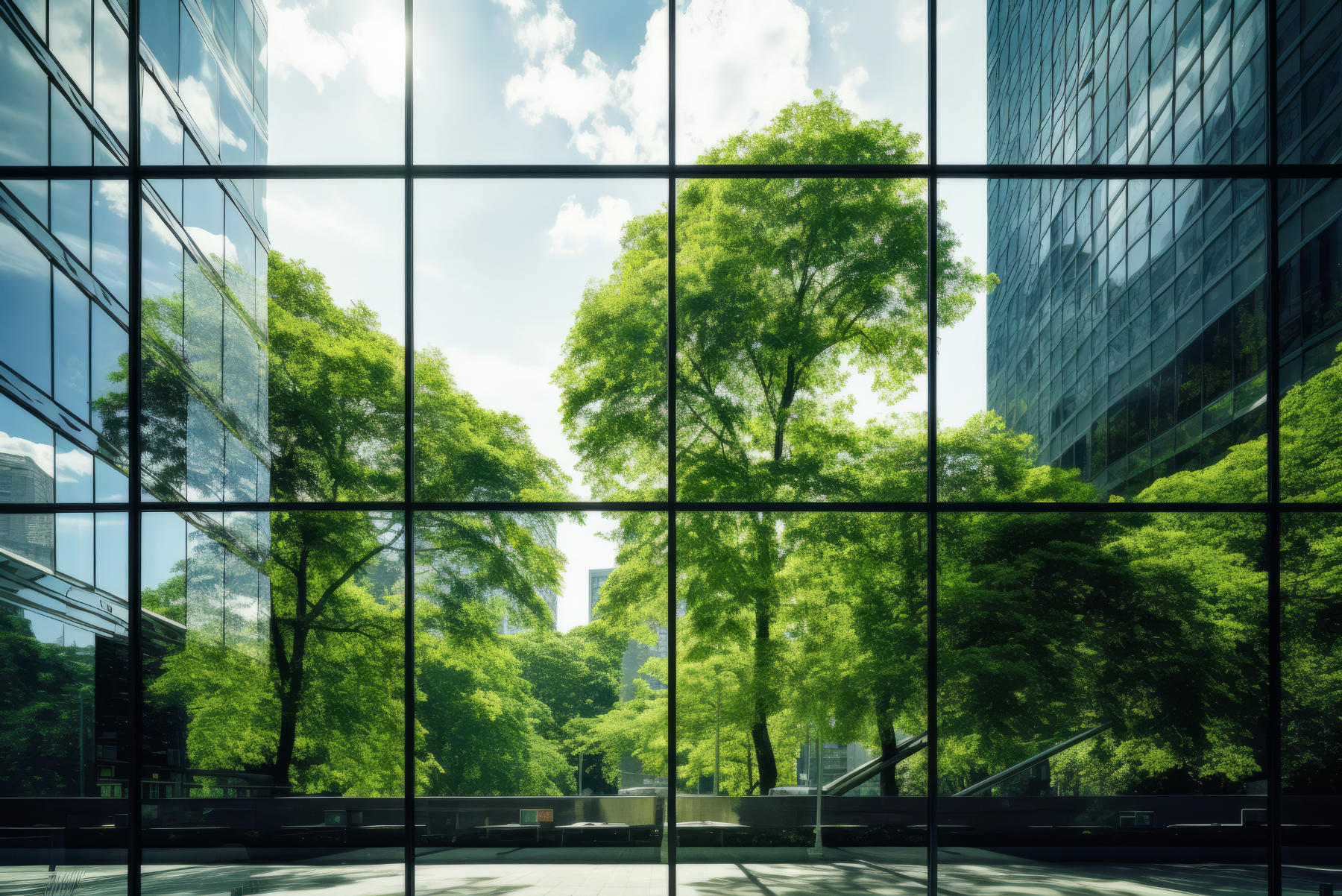The Energy Revolution in the Glass Industry: BDF Leading Sustainable Solutions
The world of glass is facing unprecedented challenges, but BDF is at the forefront in offering innovative solutions to overcome them. For years, the company has been committed to finding creative ways to help customers maintain competitiveness, focusing particularly on the concept of the hybrid furnace.

Industries classified as hard to abate represent a significant challenge in transitioning towards a more sustainable, low-carbon economy. These industries, characterized by high-energy-intensive production processes and difficulties in reducing greenhouse gas emissions, are at the forefront of attention in global efforts to combat climate change. Among them, the glass sector emerges as one of the main protagonists, playing an essential role in multiple industrial sectors, including construction, automotive, and packaging. Hollow glass, used to produce bottles and containers, requires high-temperature melting processes that result in a considerable emission of CO2. Despite companies’ efforts to improve energy efficiency and adopt cleaner technologies, reducing emissions remains a complex challenge.
The new EU Green Deal, an ambitious strategy of the European Union to achieve climate neutrality by 2050, introduces further limitations and stringent objectives for hard-to-abate industries. An important milestone to address will be 2035, with the aim of reducing emissions by 61% compared to 2005 best practices. The Green Deal includes measures aimed at incentivizing technological innovation, research, and the development of more sustainable solutions for these industries, with the goal of drastically reducing CO2 emissions. However, the new restrictions may pose significant challenges to companies in the hollow glass sector, leading to additional costs to comply with new environmental and energy efficiency standards. This scenario could impact the competitiveness of European companies compared to international competitors and require a demanding restructuring of supply chains and production processes.
CO2 Emissions

Hybrid furnace

The world of glass is facing unprecedented challenges, but BDF is at the forefront in offering innovative solutions to overcome them. For years, the company has been committed to finding creative ways to help customers maintain competitiveness, focusing particularly on the concept of the hybrid furnace. Thanks to six years of intense research in CFD, refractory, and equipment engineering, BDF has developed an advanced hybrid furnace solution that allows its customers to maintain high profits and produce the entire range of glass colors, meeting all the current needs of the food packaging market. The main objective is to reduce investment (CAPEX) and operating (OPEX) costs associated with furnace projects.
Detailed studies provided to a series of customers with varying needs have shown that a clear definition of the percentage of electric fusion versus fossil fusion is essential to reduce design uncertainties and overall investment costs. On the other hand, flexibility in fusion energy sources is crucial to responding to market fluctuations. This dichotomy has prompted BDF to respond by developing accessory tools to optimize the energy and production mix, offering not only greater operational security but also providing customers with greater resistance to market price fluctuations in the long term.
Among the developed technologies, particular relevance is given to the study of hydrogen blending in methane combustion systems. BDF has entered into strategic partnerships with hydrogen combustion component manufacturers and electrolysis plant suppliers, demonstrating a tangible commitment to sustainable solutions. Additionally, in 2023, BDF installed blending ramps at a historic customer site to start the testing phase.
Another significant contribution is represented by the full electric forehearth with radiant elements, reducing CO2 emissions by 8-10%. Not to be overlooked is the increase in process automation compared to the fossil conditioning version, which in the BDF product already has an extreme degree of automation and automaticity. Considering a much smaller increase in OPEX costs compared to the traditional fossil configuration due to the low efficiency of premixed air combustion.
In addition to these major solutions, there are optimization and control enhancements already in vogue for traditional technology, such as the close loop between continuous glass level and contactless systems like EAGLE 3.1 and the BDF Batch charger, one of the best machines on the market for loading recipe customization. Also noteworthy are the tools that allow furnace control not based on temperature but on energy, thanks to the BDF gas chromatograph system. Finally, the introduction of the Panorama 4.0™ product has enabled even better diagnostics and process optimization in line with the dictates of the Internet of Things and smart factory. All these solutions are already a real, feasible, and applicable possibility ready for the 2035 limitations first, and with the addition of hydrogen, they can become an applicable solution even for 2050.
Technologies


BDF also offers consultancy to its customers for the difficult current approach. In addition to the already mentioned solutions of hydrogen blending and the electric channel, which together can reduce CO2 emissions well beyond 20%, BDF has found an interesting engineering solution that proposes flexibility for the classic end-fired furnace. This allows electric and fossil fusion to substitute for each other by ±20% even during the furnace campaign operation. All this despite the limit of the already designed and built regenerators. In this way, the BDF customer always has the possibility to follow the sudden changes in utility costs and vary the production mix to obtain the most suitable OPEX. Worthy of a brief mention, although slightly off-topic, is a BDF project from 2023 developed at an esteemed historic customer where the thermal waste from the melting furnace was recovered for building and office heating. The savings in the winter months are approximately 850 tonnes of CO2 saved each winter.
BDF’s advice is clear: approach the hybrid furnace during the next production campaign, gaining operational experience and reducing uncertainties, in anticipation of the inevitable transformations of 2035. Flexibility and innovation are the keys to thriving in an ever-evolving sector, and BDF confirms itself as a leader in guiding this energy revolution in the glass world.
In summary, hard-to-abate industries, such as the hollow glass sector, are at the center of a crucial transition towards a more sustainable economy, but they must overcome significant challenges in adapting to the growing restrictions imposed by the new EU Green Deal. Addressing this challenge requires the adoption of innovative solutions and the implementation of advanced technologies. BDF emerges as an enlightened leader in this journey, offering its customers clear ideas and valid tools. A significant advantage over other fusion technology providers is BDF’s ability to provide assistance in the quality of the produced articles, thanks to a team of experts in forming. In a world that demands rapid and sustainable changes, BDF confirms itself as a reliable and innovative partner for industries seeking ecological and cutting-edge solutions.
Conclusion
